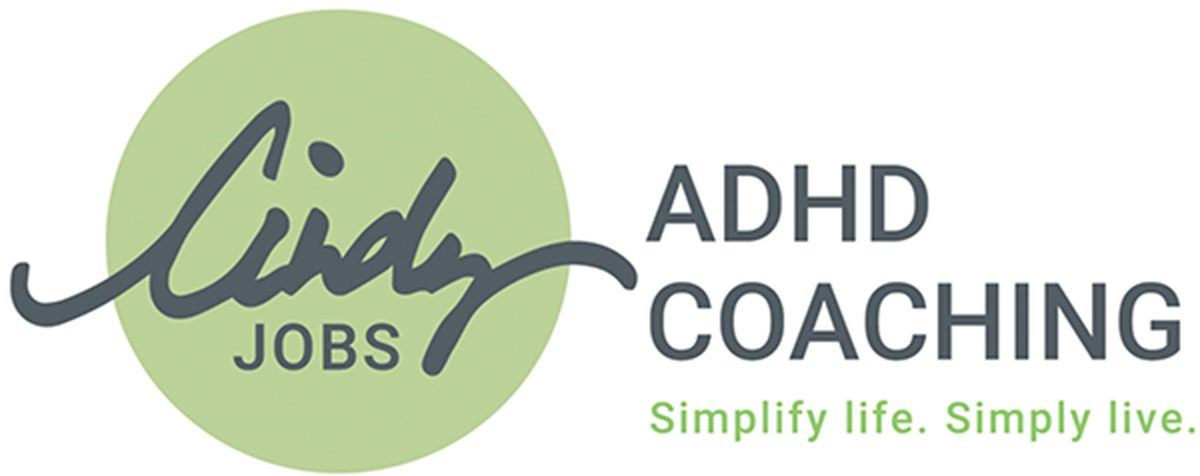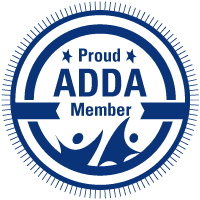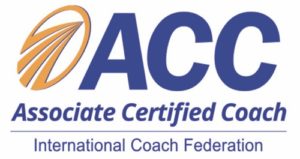Over the past few weeks, the theme of “completion” has been coming up time and time again in client meetings. One might think “completion” is a pretty concrete line in the sand. Something is complete, or it’s not.
Miriam Webster defines completion as “the quality or state of being complete.”
So often, what we tell ourselves is “complete” doesn’t include the final mundane and tedious parts of the process. Unfortunately, those are sometimes the most significant pieces.
Scenario #1: Client Notes
One of the most common themes across the medical and mental health practitioners I work with is incomplete patient notes. Many acknowledge their vision of “complete” is when they have finished seeing the client. Unfortunately, that is not the case. Their work is complete after they write patient notes, order labs/evaluations, and follow up on open questions. Because their vision of completion does not include these things, many are woefully behind on patient notes, resulting in disciplinary action. Changing their perspective of what “complete” means is essential.
The problem: They find client notes boring.
Scenario #2: Proposals
A lot of my clients find mind-mapping helpful. With this visual process, many clarify what needs to be part of a proposal (timelines, specs, stakeholders, etc.). Then, they write the proposal, find the perfect data, the photograph that will tell the story they want, and even try multiple fonts and font sizes to ensure it looks polished. But unfortunately, many forget one of the last little actions: turning the proposal in. In their minds, the proposal is “complete,” but it’s not; it is still sitting in their computer.
The problem: Turning in the proposal may result in criticism.
Scenario #3: Painting a room
I’m guessing many of you have painted a room. It’s a lot of work. You have to move furniture, tape off the molding, prime the walls/ceiling, paint the walls/ceiling, put the furniture back, remove the molding tape, and clean and put away the paint and tools. I’ve often heard of the molding tape being up for a month after the painting has been done because the vision of completion for “painting a room” is precisely that painting. And, yet, it’s not. The job is “complete” when the painting and clean-up work is complete.
The problem: Taking down the molding tape is tedious.
There are many reasons we don’t “complete” projects. Here are some of my favorites, most of which I’ve experienced or can closely associate with.
The last part to “complete” something:
- Is boring.
- Invites criticism.
- Costs money.
- Is tedious.
- Invites the opportunity that it’s not perfect.
- Means we have to move on to something else.
But the cost of not completing something is more than having an item on our to-do list. It is exhausting for our brains. According to Psychology Today:
It turns out that the brain has a powerful need to finish what it starts. When it can’t complete something, it gets stuck on it. Intrusive thoughts about what we could not finish may pop into our heads as a way to remind the cognitive system that something still needs to be completed.
What’s on your incomplete list that needs to be checked off? How will changing your perspective of “complete” help you get more done?
Cindy Jobs, PCAC, ACC
Looking for more information?
Click here for ADHD-friendly Time Management Tools
Click here to schedule a complimentary breakthrough session.
For more helpful information, follow me on Facebook.







